With time to kill in Buenos Aires I took myself to the zoo in Palermo, which I had not visited for at least twelve years. Although not a great fan of zoos I found the one in a much better state than I remember it being, with development plans still underway.
This is confusing as it has also been recently announced that the zoo is closing down. If this is the case, I hope they find some way of keeping up the conservation work – in several areas, for me in particular the Condor Rehabilitation unit, where my condor friend Painamal was cared for before her release.
I limited the photos I took to Argentine mammals, some (like the llama and vicuña) in compounds and some (like the mara and coypu) watering freely throughout the zoo.
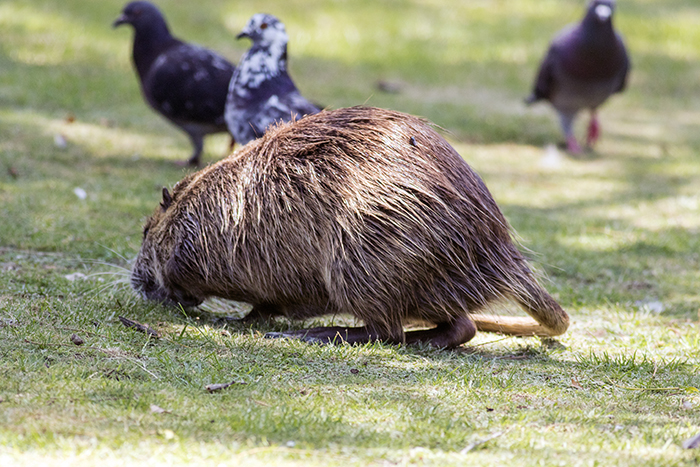
Coipo (Myocastor coypus) Coypu
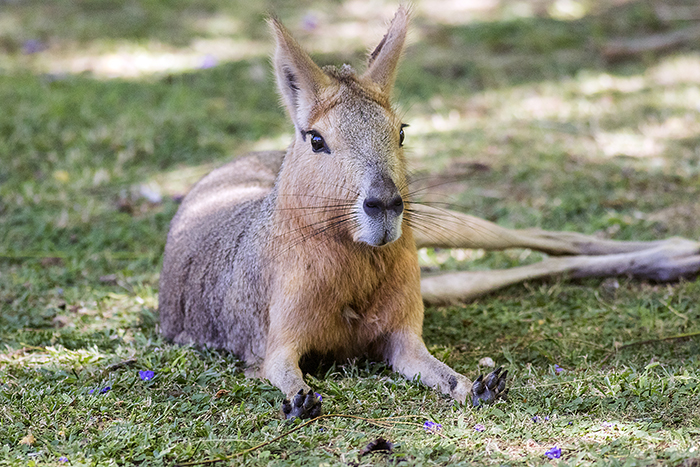
Mara (Dolichotis patagonum) Mara or Patagonian Hare
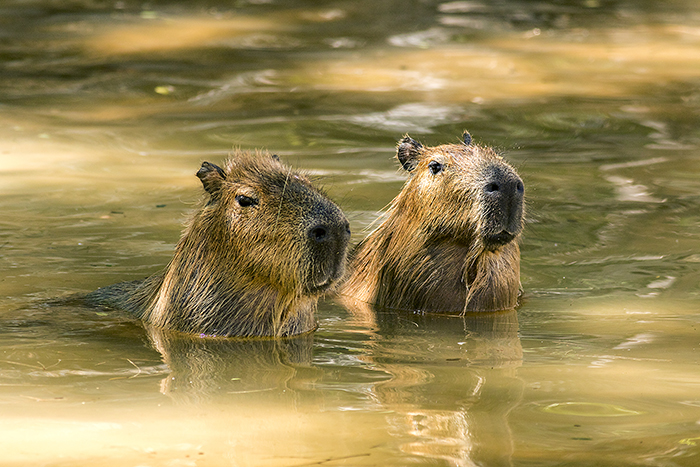
Carpincho (Hydrochaeris hydrochaeris) Capybara
On to the Camelidae family. Those not familiar with South American Animals tend to confuse llamas, vicuñas and guanacos, although these tend to be geographical separated. The llama is basically a domesticated form go the [still] wild guanaco. Vicuñas can be wild or domesticated. There is also of course the Alpaca (the photo is not mine), a domesticated vicuña found in northern Chile, Bolivia and Peru..
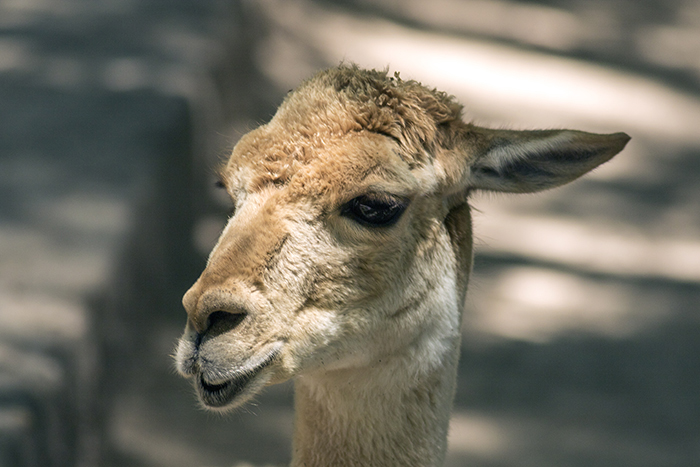
Vicuña (Vicugna vicugna) Vicuña
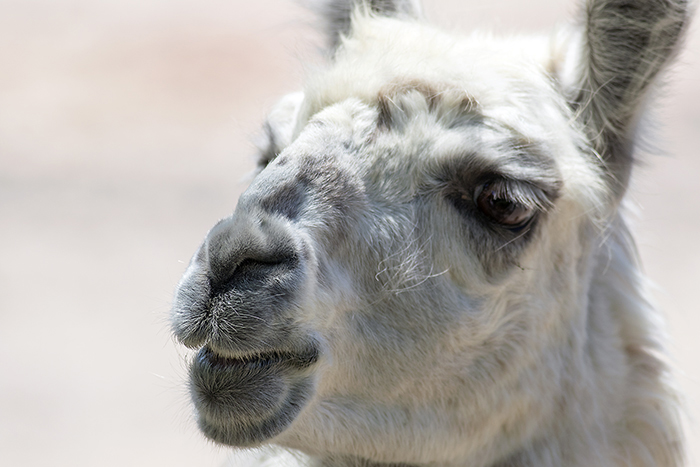
Llama (Lama llama) Llama
The llama and vicuña are really quite different. Also easily differentiated is the guanaco (see below), which I did not see in the zoo but saw everywhere in southern Patagonia last year.
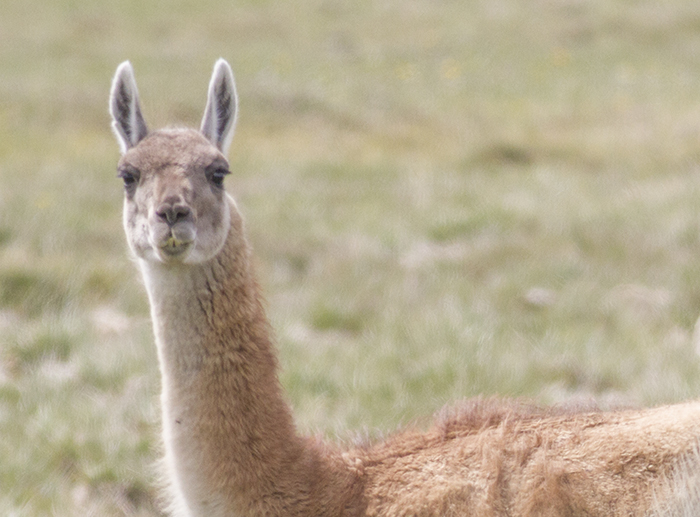
Guanaco (Lama guanaco) Guanaco
Finally, the alpaca, photo courtesy of as I do not yet have one of my own. Domesticated a long time ago, there are no known wild alpacas today.
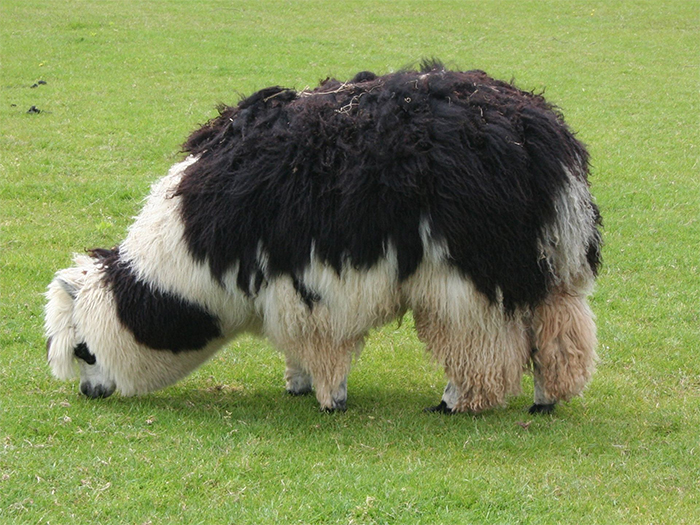
One of two kinds of alpaca, photo courtesy of wikipedia.
I wasn’t really looking for birds, but among the zoo’s exhibits I did see a pen with Greater Rhea, a bird which I had only ever seen before as spots in the distance. I’m not really sure that I can claim this as a lifer though!
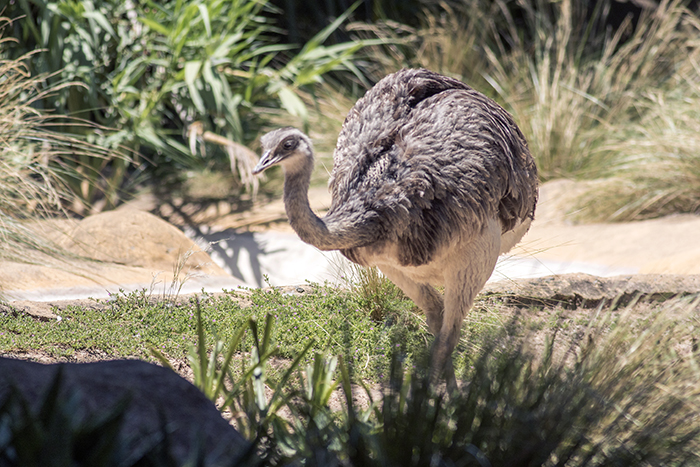
Ñandú (Rhea americana) Greater Rhea
And the Southern (Crested) Screamer roamed freely throughout the zoo – again this was a bird i had previously only seen in the distance in Entre Ríos and Buenos Aires provinces.
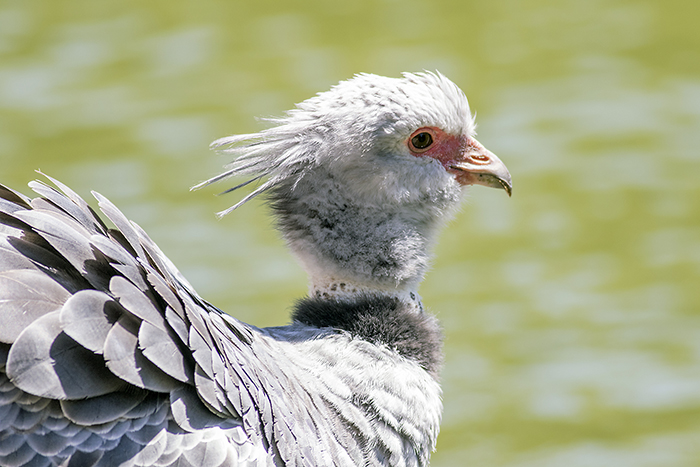
chaja (Crested aka Southern Screamer) Chauna torquata
Muscovy ducks were also everywhere – the zoo has plenty of lakes, and it was full breeding season
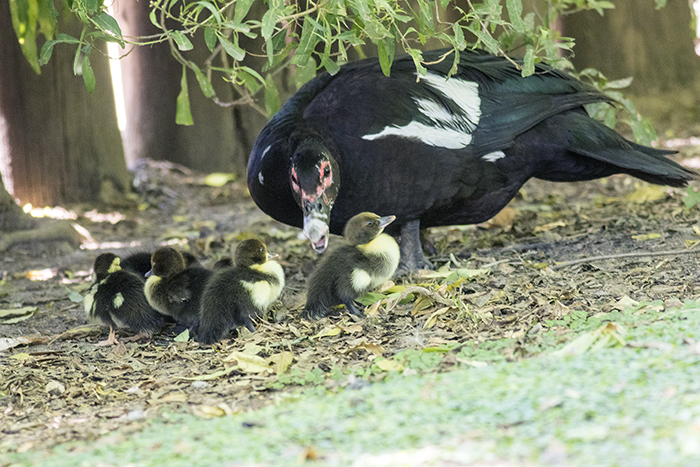
pato real (Muscovy Duck) Cairina moschata
I found two other bird photos in my camera roll: a striated heron (there were many in the zoo) and a bay-winged cowbird; not quite sure why I took them but perhaps to identify later.
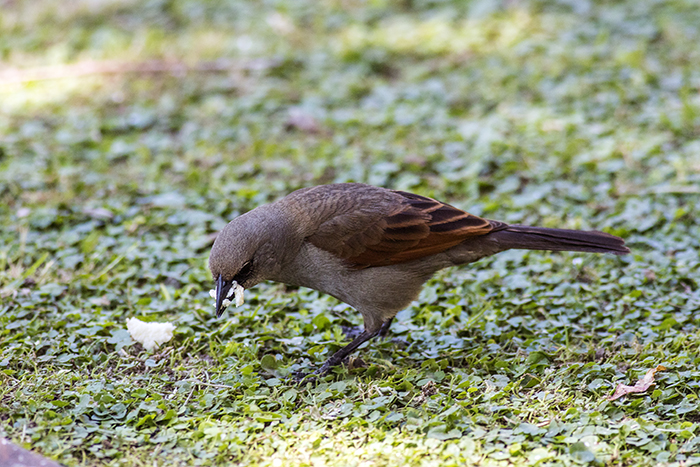
tordo musico (Bay-winged Cowbird) Agelaioides badius
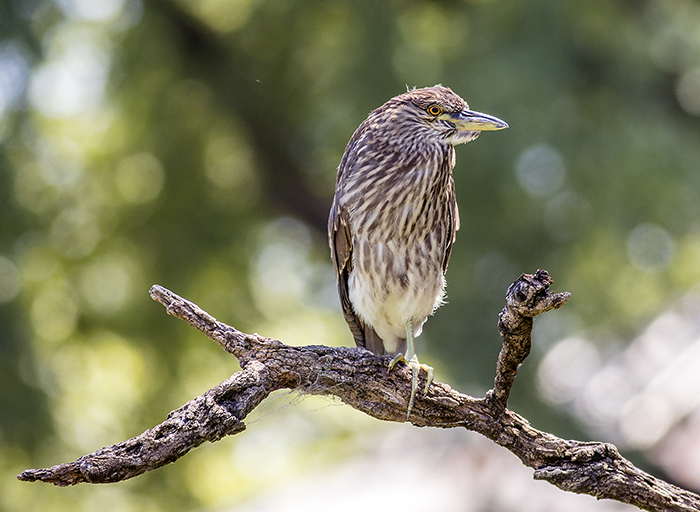
garcita azulada (Striated Heron) Butorides striata
Funny to think that I was so thrilled to see my first striated heron in a visit to the Pantanos de Villa in Lima only five months earlier, considering it a real ‘find’, and that they were common as muck here in the Buenos Aires city zoo. But that’s birding for you.